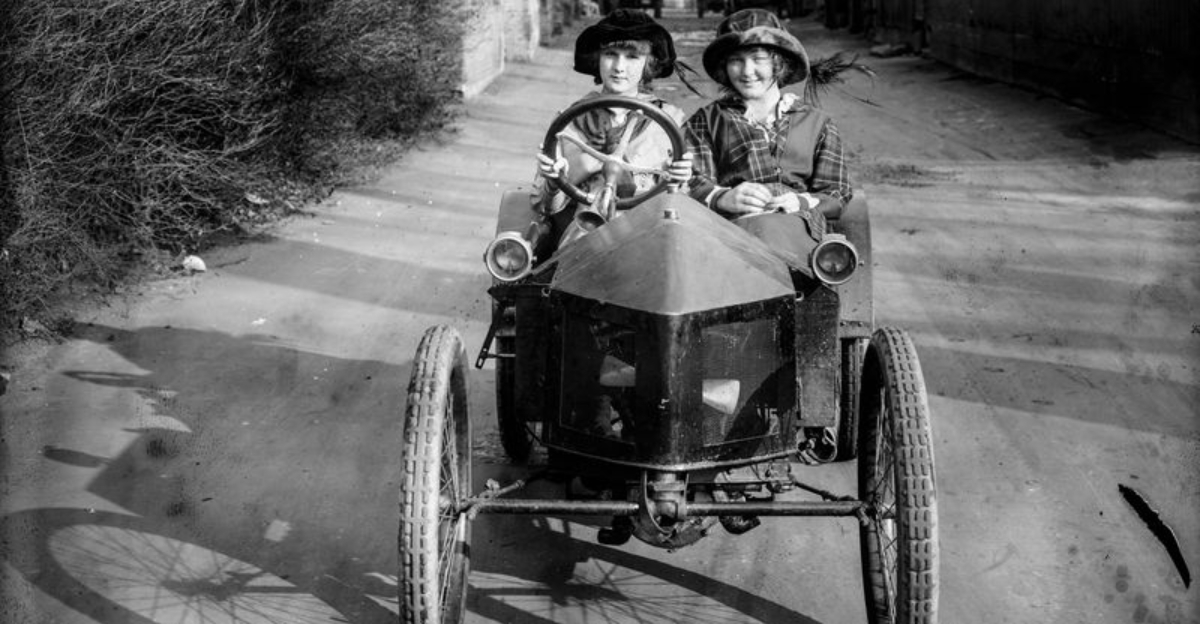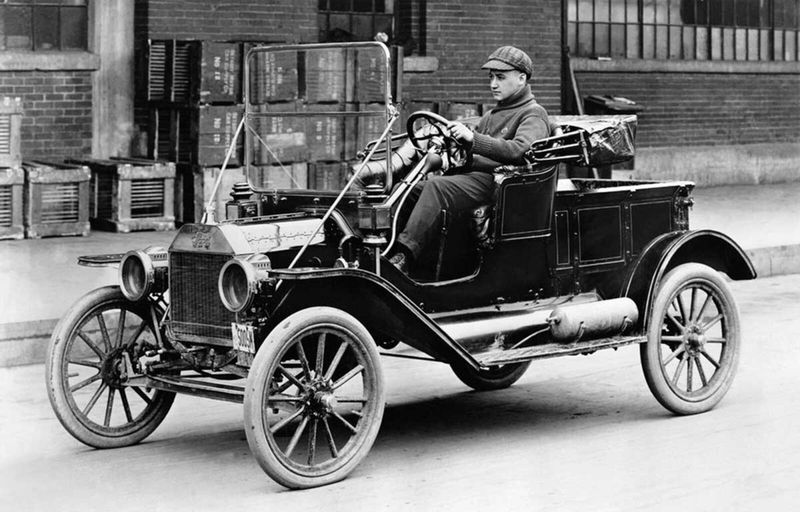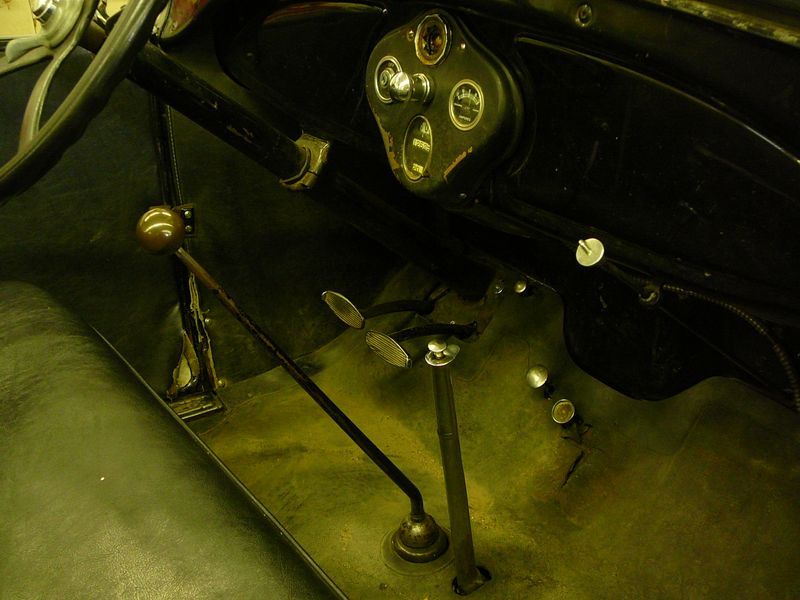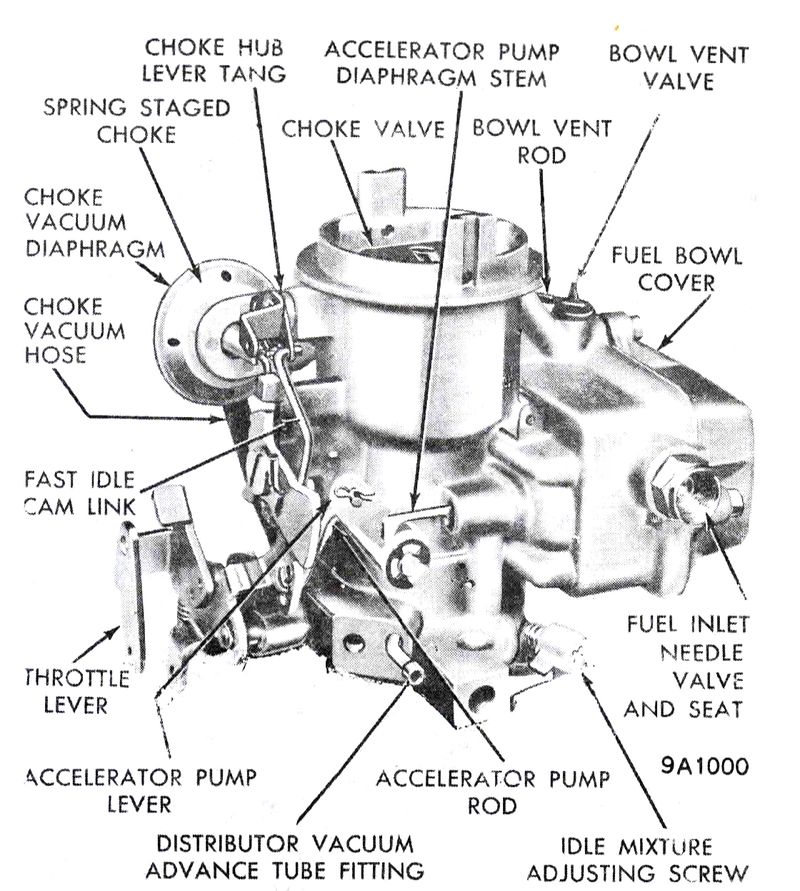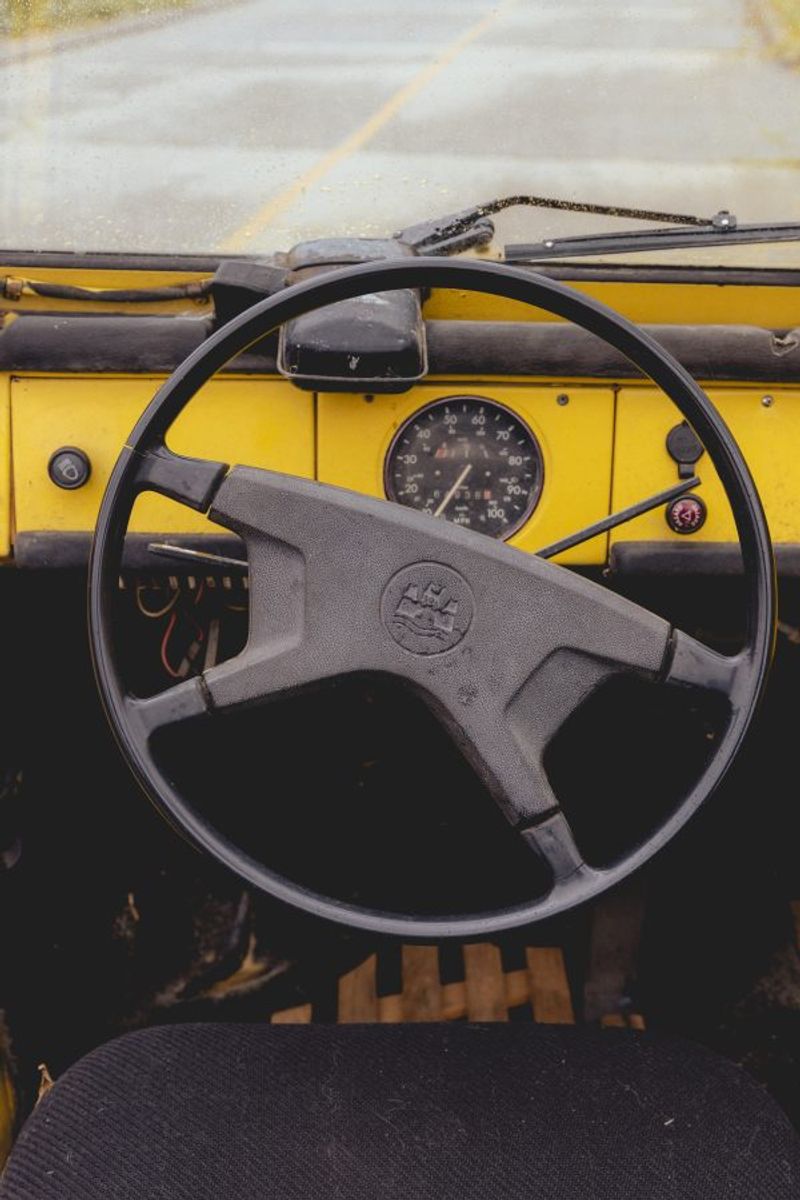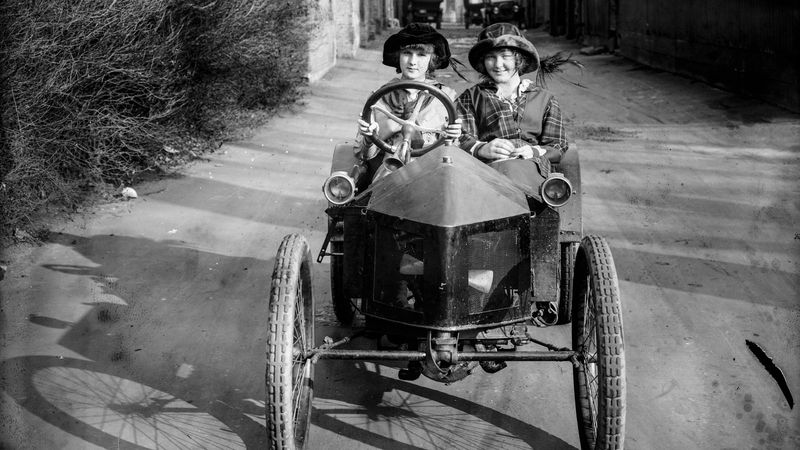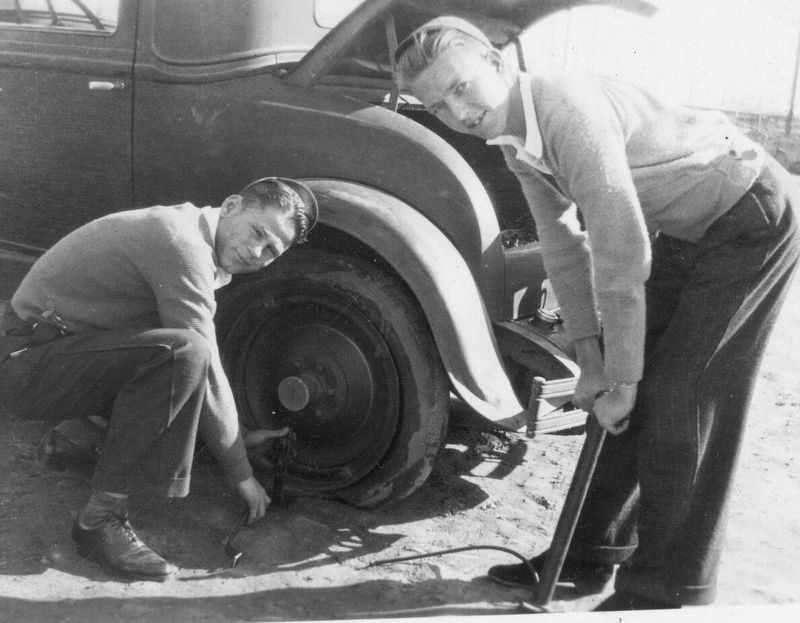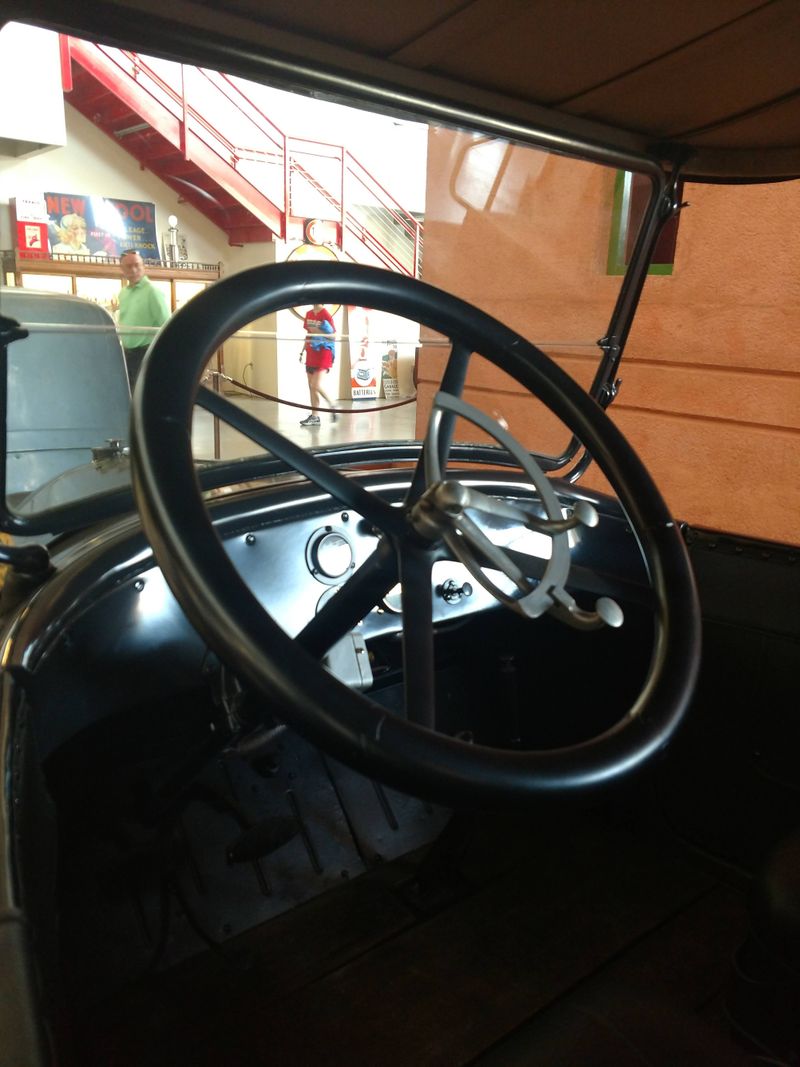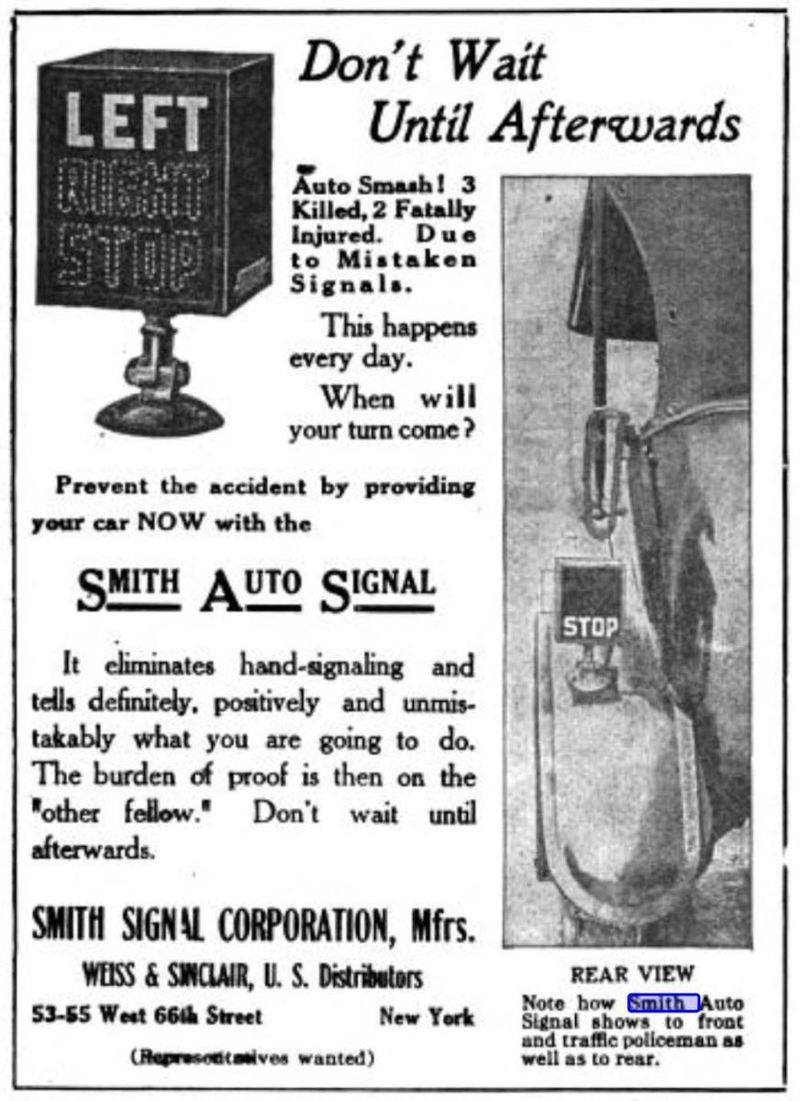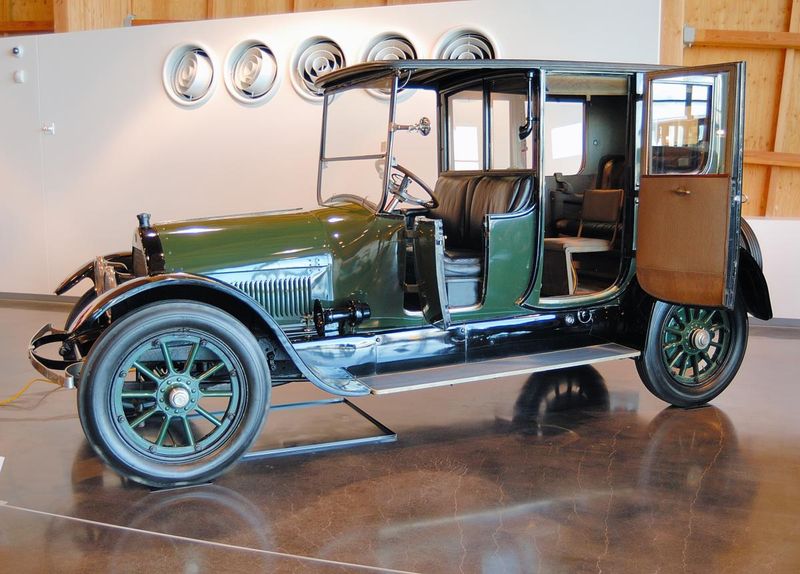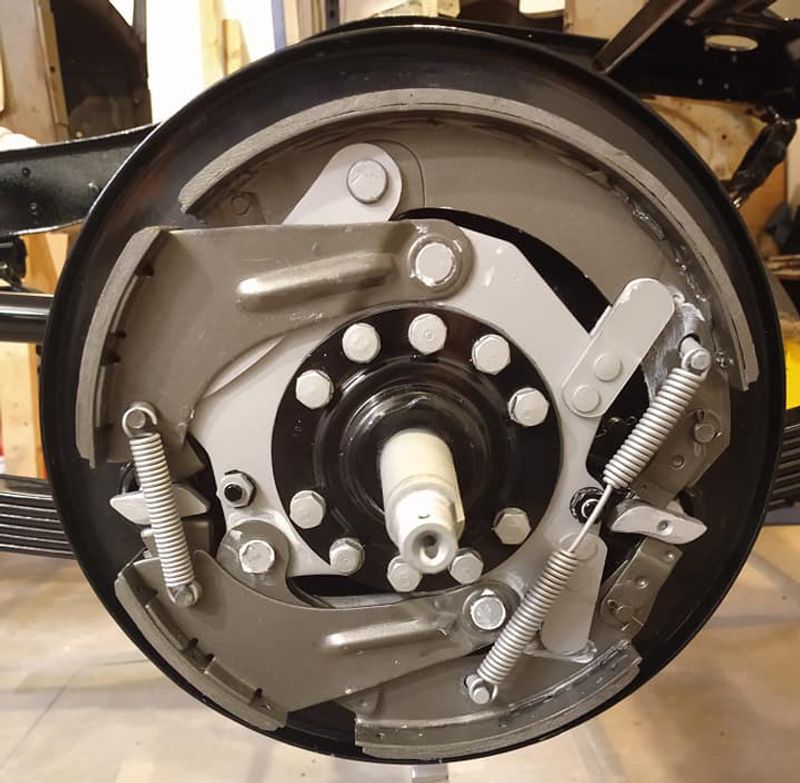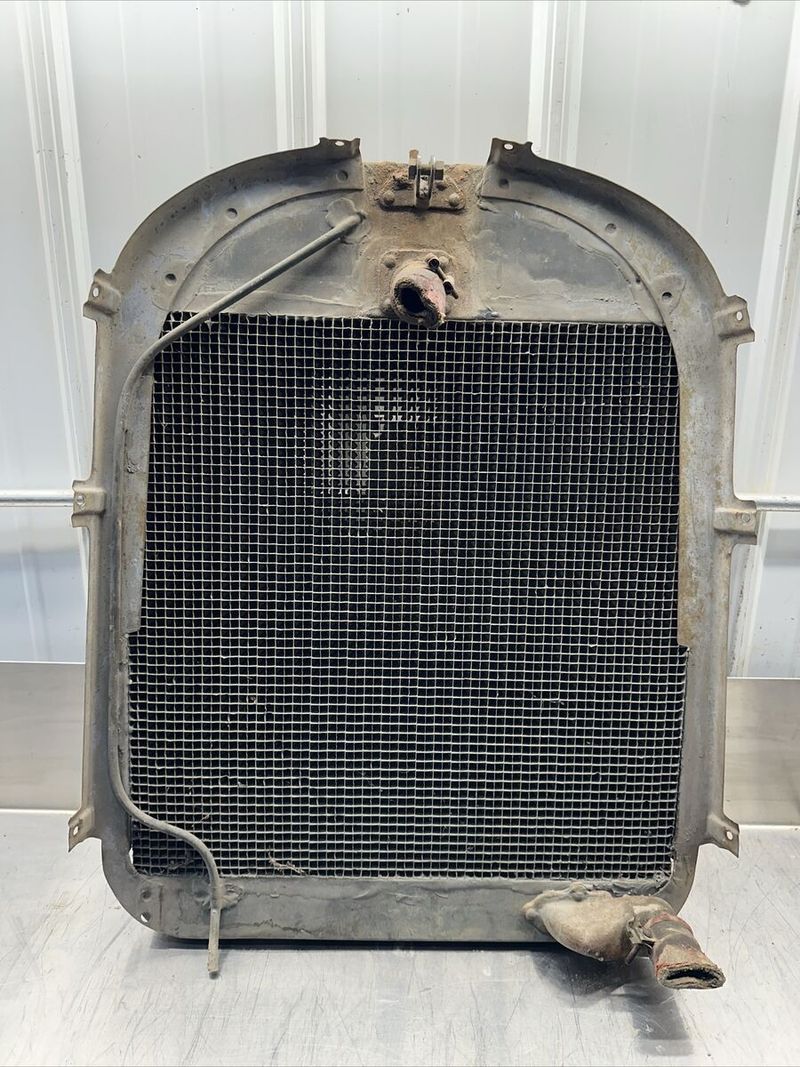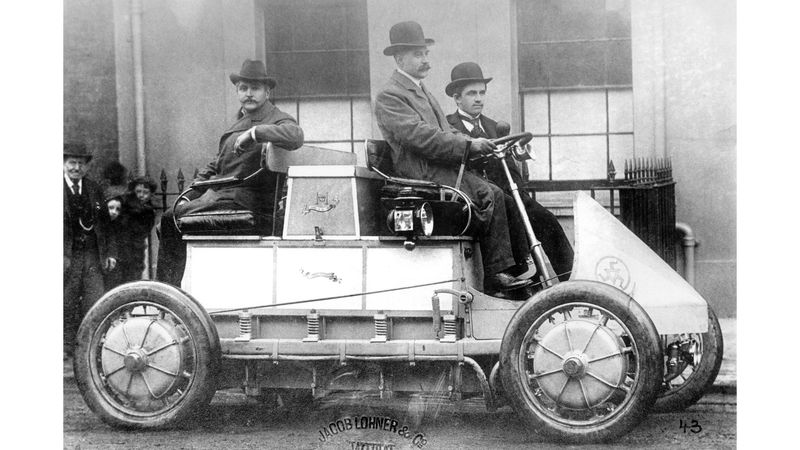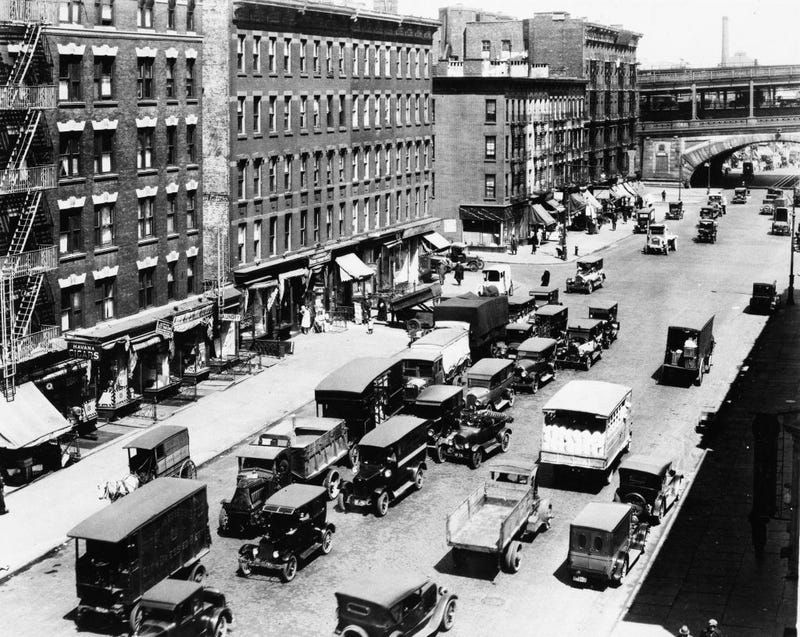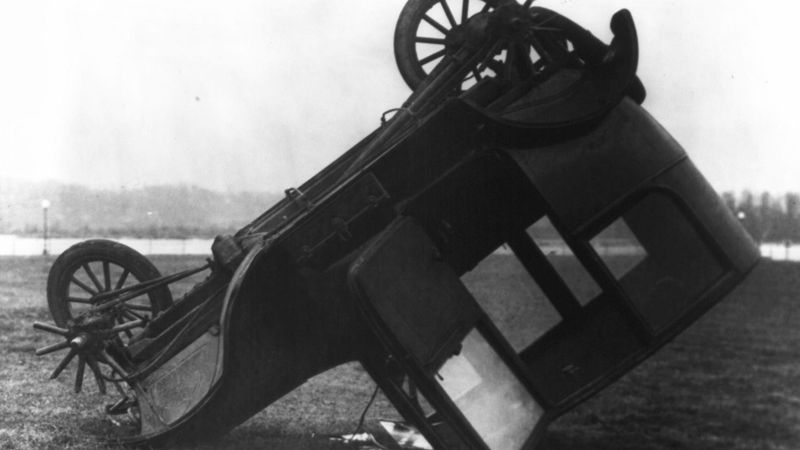Driving a car in the 1920s wasn’t just about getting behind the wheel and pressing the gas. It required knowledge, skill, and sometimes brute strength. Cars were mechanical beasts, and roads were nothing like today’s highways. Here are 15 surprising things you had to know to navigate the open road in the Roaring Twenties.
1. How to Hand-Crank the Engine Without Breaking Your Arm
Forget key ignitions—many cars required starting with a hand crank. Done improperly, the crank could violently kick back and break your arm. Drivers had to learn the “thumb-over” grip and proper technique to avoid injury. This was not a task for the faint-hearted. Imagine the frustration of repeated failed attempts. It was a dance of precision and strength.
Besides technique, it required patience. The engine roar was the sweet reward of perseverance. Some drivers even considered it a rite of passage. Cranking an engine was an art in itself. A skill that every motorist of the era needed to master.
2. How to Double-Clutch the Gear Shift
Automatic transmissions didn’t exist. Drivers had to master double-clutching—depressing the clutch twice during a gear change—to prevent grinding gears and stalling out in the middle of the road. It was a skill that differentiated a novice from a seasoned driver.
The precision required was akin to playing a musical instrument. Feeling the vibrations, listening to the engine, and timing the shift perfectly was crucial. Double-clutching turned driving into a rhythmic experience. It was a symphony of movement and sound. Mastery brought about a smooth journey, free from the jolts of a miscalculated shift.
3. Understanding Carburetor Adjustment
Most cars came with a manual choke and throttle lever. You had to know how to tweak the carburetor depending on weather, speed, and engine performance. Get it wrong, and your car might sputter to a stop. It was a delicate balance that required a keen understanding.
Drivers practically acted as their own mechanics. Every adjustment was a gamble between efficiency and misfire. The dance of the choke and throttle was a daily ritual.
Tinkering with the carburetor was the heartbeat of the drive; a testament to one’s prowess behind the wheel. Knowledge was survival.
4. Navigating Without a Speedometer or Gas Gauge
Early vehicles often lacked basic instruments. Drivers had to judge their speed by feel and keep track of mileage manually to avoid running out of gas in the middle of nowhere. It was driving by intuition and experience.
The absence of these tools made every journey an adventure, filled with uncertainties. Calculating distance by landmarks and memorizing fuel stops became second nature. Gas stations were saviors on the horizon.
This necessity honed an incredible sense of estimation. It taught drivers to read the road and car like an open book. Every ride was a calculated escape.
5. Reading the Road—Because There Were No Signs
Highway signs were rare, especially in rural areas. Many drivers relied on printed maps or directions from strangers at gas stations. Some roads had zero markings—good luck figuring out a fork in the road.
Navigating was a test of intuition and trust in one’s sense of direction. It was an era where getting lost was part of the journey. Maps were treasure maps leading to destinations unknown.
The absence of road signs turned each trip into a puzzle, a challenge of wit and will. Drivers became modern-day explorers, charting paths through unmarked lands.
6. Fixing a Flat Tire—Because You’d Do It Often
With no paved roads and primitive tires, flats were common. Every driver needed to carry a jack, patch kit, and inner tubes—and know how to use them. It wasn’t just about changing tires; it was about survival.
Every bump and rut was a potential cause for a flat. This was the era where drivers were part mechanic, part adventurer. Flat tires became a routine challenge.
The dusty roadside became a workshop, with drivers honing their repair skills. Changing a tire was not just maintenance; it was a testament to resilience and readiness. A rite of passage for every driver.
7. Knowing the Right Time to Use the Manual Spark Advance
Drivers had to adjust the spark timing with a lever on the steering wheel. Too early or too late, and you could damage your engine or make the car hard to start. It was a delicate dance, akin to tuning a fine instrument.
The spark advance was a tool for harmony between man and machine. Its mastery marked the difference between a smooth journey and an engine’s angry sputter.
Each adjustment was a nod to the road conditions and engine’s whispers. Proficiency in this was a badge of honor. It was the secret handshake between seasoned drivers.
8. Hand Signals Were Mandatory
Turn signals weren’t standard. You had to stick your arm out the window to indicate left turns, right turns, or stopping—making driving a rainy day nightmare. Communication was essential.
Each gesture was a language of survival. Drivers became adept at making themselves understood through these manual signals. It turned driving into a social act.
The absence of turn signals taught a universal language on the road. Signals were gestures of goodwill and crucial in avoiding accidents.
It was a time when every driver was both a communicator and mind reader. A dance of arms and intention.
9. Winding Up the Windows… By Hand (If You Even Had Windows)
Many cars were open-topped or had side curtains instead of windows. Drivers had to know how to snap on canvas covers or fasten makeshift windshields when the weather turned. Protection from the elements was a manual task.
Rolling up windows was a luxury not everyone could afford. The unpredictability of weather turned each drive into an exercise in preparedness.
Every piece of canvas was a shield, every snap a defense against nature’s whims. Drivers became masters of adaptability, ready to transform their vehicles in a moment’s notice. It was both a ritual and a necessity.
10. Mastering Mechanical Brakes
Hydraulic brakes were still new. Mechanical brakes (often only on the rear wheels) required strong legs and anticipation—you couldn’t stop on a dime. This was driving with foresight.
Every stop was a calculated decision, a prediction of what lay ahead. It turned each drive into a test of strategy and strength.
Drivers had to feel the road and anticipate its demands. The art of braking was a physical and mental exercise, demanding full attention and muscle. Each successful stop was a victory against the laws of momentum.
11. Keeping a Cool Radiator
Engines frequently overheated, so drivers carried water and checked the radiator often. Some even used horse troughs on long drives to refill coolant. It was a constant battle against heat.
The road was a furnace, and the radiator its thermometer. Every stop was an opportunity to cool down and recharge.
Each refill was a reminder of the thin line between motion and breakdown. Drivers learned to respect their machines, treating them like living creatures in need of care. The journey was part engineering, part nurturing.
12. Handling a Car Without Power Steering
Steering required muscle, especially at low speeds. Parallel parking wasn’t just a skill—it was a workout. Each turn was a testament to physical strength.
Driving became an exercise regime, where every twist and turn built endurance. It connected driver to machine in a physical dialogue.
Steering demanded not just might, but finesse. It was a dance of leverage, requiring balance and precision. Mastery meant becoming one with the car.
The challenge taught drivers resilience and resourcefulness, turning every drive into a power display. It was both exhausting and exhilarating.
13. Knowing How to Shift with No Synchromesh
There was no “granny gear” to help you. Shifting gears smoothly required impeccable timing and a good ear for engine RPMs. Mastery was the mark of an experienced driver.
Every gear change was an exercise in precision. It demanded a tactile connection and auditory awareness.
Shifting was a symphony of touch and sound. The engine’s purr was the only guide.
The skill separated novices from experts. It was the secret language of the road, understood only by those with the patience to learn its rhythm. Mastery turned driving into an art form.
14. Driving on Either Side of the Road—Depending Where You Lived
Before standardization, some U.S. regions still used left-hand driving. Touring across states meant adapting to new rules every few hundred miles. It was driving by the seat of your pants.
Each border crossed was a new adventure in adaptability. It was a test of memory and reflexes.
The road became a chessboard, where each move demanded keen awareness. Drivers became navigators of change, adept at switching sides without missing a beat. It was a lesson in flexibility and vigilance.
This fluidity taught a broader understanding of navigation and compliance.
15. Braving the Roads Without a License Test
Believe it or not, many states didn’t require a driving test—just a fee. That meant the road was filled with people who barely knew how to operate a car, making safe driving even harder.
The absence of licensing was a double-edged sword, offering freedom but inviting chaos. Roads were wild and unpredictable.
Each journey was a gamble, a test of one’s skill against the unknown abilities of others. It was a time of trust and trepidation. The open road was both a thrill and a threat, a testament to the bravery of early drivers.
